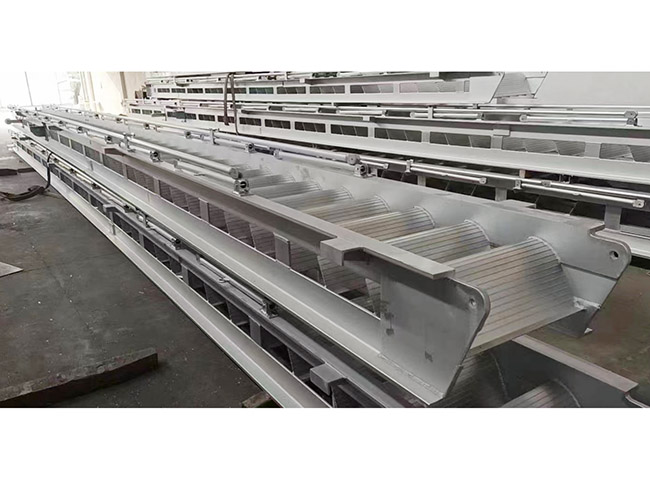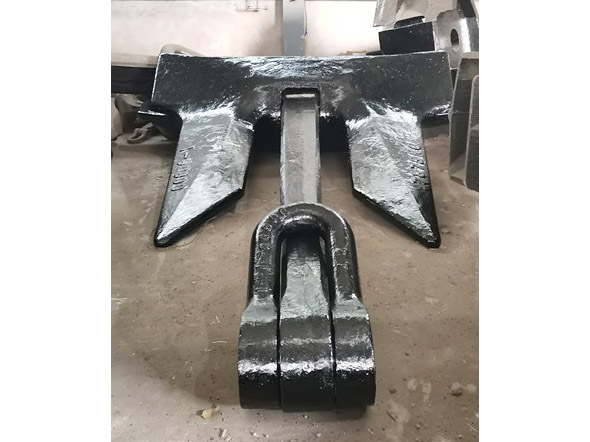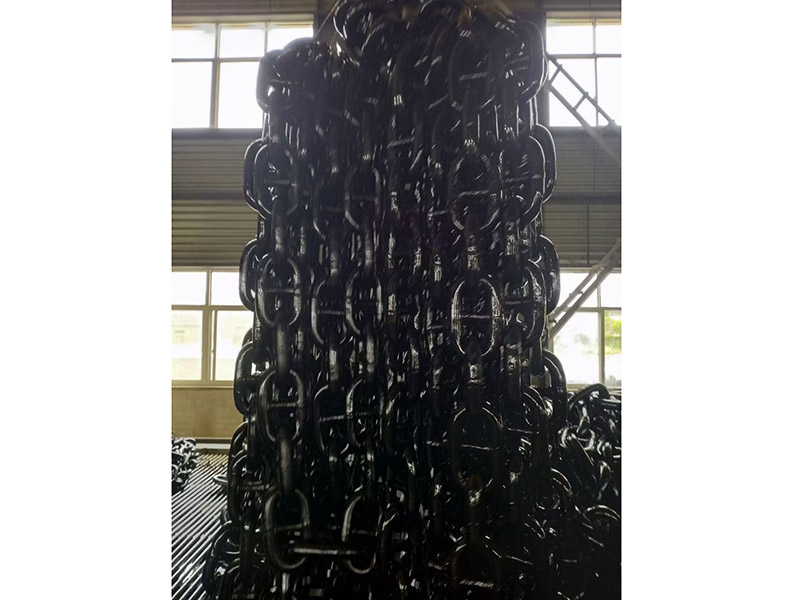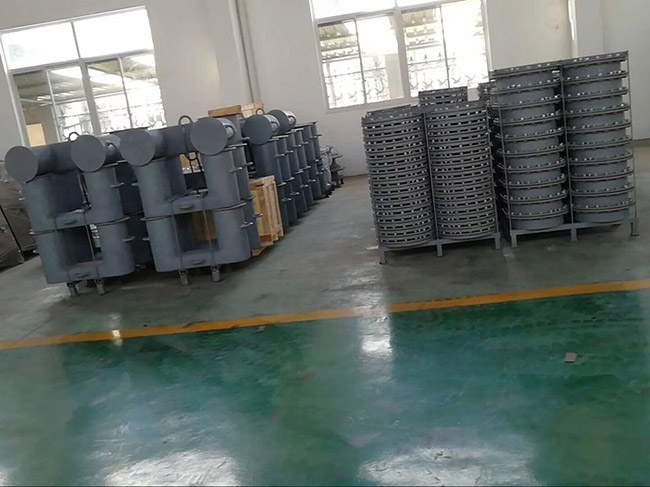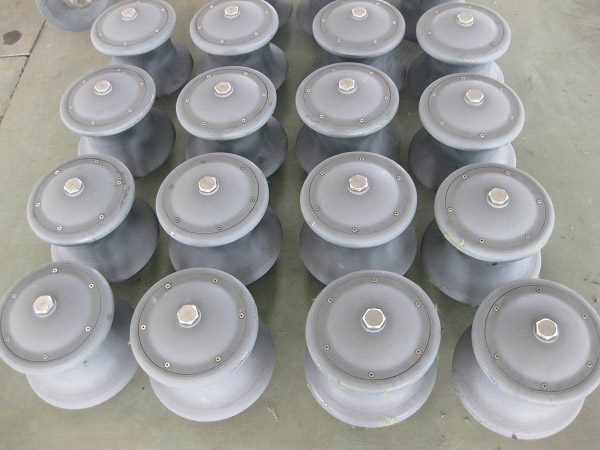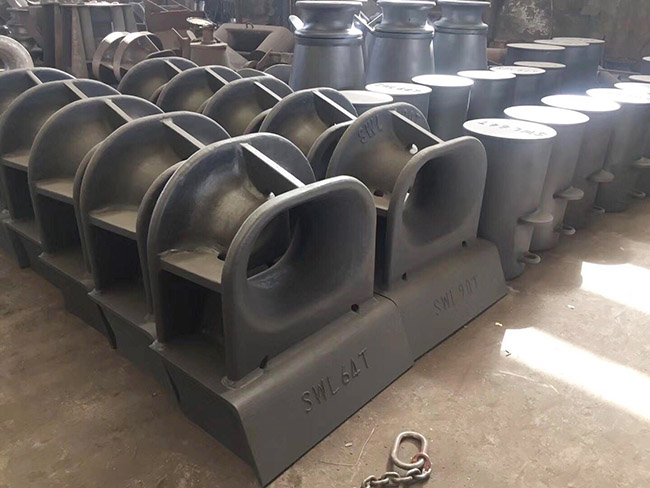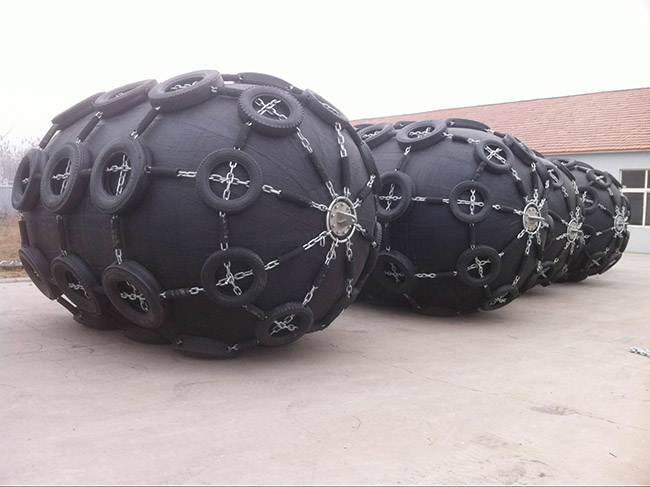Introduction to guidelines for the safe use of marine air bottles
The guidelines for the safe use of air bottles are as follows:
(1) Before replacing the air bottle
1. During each tank change, pay attention to checking the rubber sealing ring of the air bottle. If you smell a special odor or find that the sealing rubber sleeve is damaged, you can smear the connection with soap and water. If bubbles appear, it indicates that there is air leakage.
2. It is strictly prohibited to use an open flame to check for air leakage. The length of the rubber tube between the gas cylinder and the stove should not exceed 2 meters or be shorter than 0.5 meters. Both ends of the rubber tube should be tightly clamped with standard clamps, and the rubber tube should be replaced promptly if it is aged or damaged.
(2) When a gas leak is detected
1. In case of any gas leakage, immediately close the corner valve switch and open the doors and windows for ventilation. It is strictly prohibited to approach various kindlings, and do not switch on or off electric lights or other electrical equipment.
2. If a large amount of air leakage occurs and the corner valve switch fails, first of all, strictly prevent all kinds of kindling from approaching. Do not switch on or off electric lights or other electrical equipment, and immediately call the police or ask the professional personnel of the supply unit to handle it. Whether calling the police or contacting the professional personnel, make sure to stay away from places with strong odor when making calls, as mobile phones or telephones can also lead to sparks that can cause explosions.
(3) When a gas explosion occurs
1. When a gas explosion occurs, blind running is likely to be impacted by a secondary explosion. Self rescue requires “lying down” – keeping your body low and protecting your head with your hands to greatly reduce the damage caused by the explosion and prevent excessive inhalation of toxic smoke.
2. After ensuring that there will be no secondary explosion in a short period of time, evacuate to a safe area. Try to avoid doors, windows, columns, glass, and walls during the process of leaning forward, and cover your mouth and nose. Do not shout until it is absolutely necessary to avoid inhaling more dust.
3. When evacuating from the scene, try to keep calm and don’t run around to prevent another panic and increase casualties.
4. Non professional personnel should not go to the incident area to prevent new accidents. Obey the command to make way for the rescue personnel, and do not surround yourself to watch the excitement affect the rescue.
Note: When an air bottle catches fire, do not pour the burning air bottle onto the ground. When the air bottle burns on its back for more than 4 minutes, there is a possibility of explosion.


